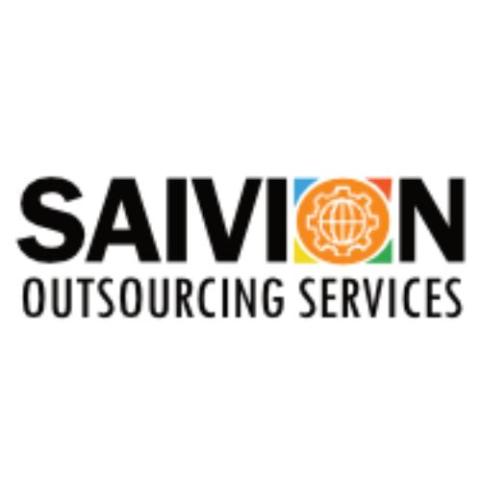Nowadays, to have an online presence is crucial for businesses and individuals alike. But with millions of websites vying for attention, how do you ensure your site stands out? The answer lies in understanding how indexing algorithms work and what steps you can take to improve your website’s ranking. Let’s dive into the basics of indexing and explore some effective strategies for better positioning your site.
What Are Indexing Algorithms?
Indexing algorithms are the backbone of search engines like Google. These sophisticated algorithms determine how web pages are discovered, organized, and ranked in search results. Here’s a simplified overview of how they work:
Crawling: Search engines use automated bots, known as spiders or crawlers, to scour the internet for new and updated web pages. These crawlers follow links from one page to another, gathering data about each page they visit.
Indexing: Once a page is crawled, its content is analyzed and stored in a massive database called the index. This index contains information about the page’s content, structure, keywords, and other relevant data.
Ranking: When a user performs a search, the search engine sifts through its index to find the most relevant pages. The indexing algorithm uses hundreds of factors to determine the order in which these pages should appear in search results. These factors include keyword relevance, site authority, user experience, and more.
How to Improve Your Website’s Ranking
Understanding the basics of indexing algorithms is just the first step. To enhance your website’s ranking, you need to implement effective SEO (Search Engine Optimization) strategies. Here are some key steps you can take:
Keyword Research and Optimization
Identify Relevant Keywords: Use tools like Google Keyword Planner, Ahrefs, or SEMrush to find keywords relevant to your content and audience.
Optimize On-Page Content: Integrate these keywords naturally into your website’s content, including titles, headings, meta descriptions, and body text. Avoid keyword stuffing, as it can harm your ranking.
Create High-Quality Content
Engaging and Informative: Produce content that is valuable, informative, and engaging for your audience. High-quality content attracts more visitors and encourages them to stay longer on your site.
Regular Updates: Frequently update your site with fresh content to keep it relevant and interesting. Search engines favor sites that provide up-to-date information.
Improve Site Structure and Navigation
User-Friendly Design: Ensure your site is easy to navigate with a clear and logical structure. A well-organized site helps both users and search engine crawlers find and index your pages more efficiently.
Internal Linking: Use internal links to connect related pages within your site. This helps spread link equity and makes it easier for crawlers to index your content.

Optimize for Mobile
Responsive Design: With more users accessing the internet via mobile devices, having a mobile-friendly site is crucial. Ensure your site’s design adapts to different screen sizes and provides a seamless experience on all devices.
Fast Loading Times: Optimize images, use efficient coding practices, and leverage caching to reduce your site’s loading times. Faster sites are favored by both users and search engines.
Build Backlinks
Quality Over Quantity: Focus on acquiring backlinks from reputable and relevant sites. High-quality backlinks signal to search engines that your site is trustworthy and authoritative.
Guest Blogging and Outreach: Write guest posts for other websites in your industry and participate in outreach campaigns to gain valuable backlinks.
Enhance User Experience
Engaging Multimedia: Incorporate images, videos, and infographics to make your content more engaging. Multimedia elements can increase user engagement and time spent on your site.
Clear Call to Actions: Use clear and compelling call-to-action buttons to guide visitors towards desired actions, such as signing up for a newsletter or making a purchase.
Monitor and Analyze Performance
Use Analytics Tools: Utilize tools like Google Analytics and Google Search Console to monitor your site’s performance. Track metrics such as traffic, bounce rates, and keyword rankings to identify areas for improvement.
Adjust Strategies: Based on your analysis, continuously refine and adjust your SEO strategies to stay ahead of the competition and maintain a strong online presence.
Improving your website’s ranking involves a combination of understanding how indexing algorithms work and implementing effective SEO strategies. By focusing on keyword optimization, high-quality content, site structure, mobile optimization, backlinks, user experience, and performance monitoring, you can enhance your site’s visibility and attract more organic traffic. Stay committed to these practices, and watch your website climb the search engine rankings.


















